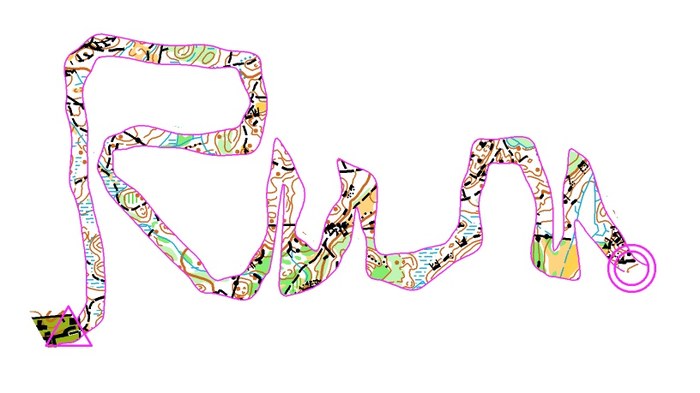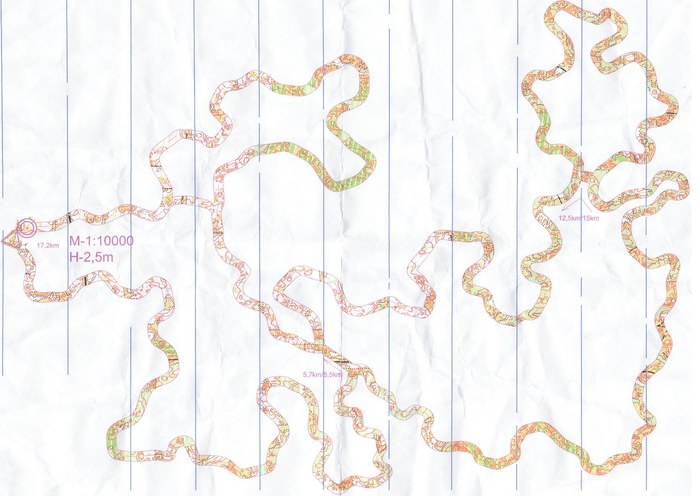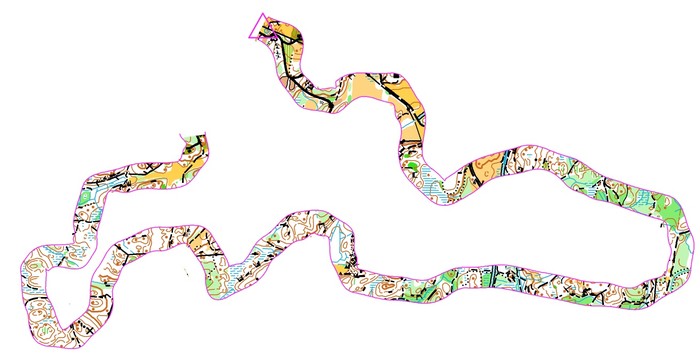O-technical training ahead of 10MILA
When the old map from the competition area is available, it is always a good idea to do some theoretical o-technical training on the old map. For 10MILA, the old map is available (you could for example buy it from the 10MILA webpage). Most top teams and top runners have probably already made their preparations with the map – read on to see some of IFK Mora’s exercises.
IFK Mora has a very nice o-technical training webpage – in which most of their training exercises are shown. Eva Jurenikova – trainer of the year in Sweden in 2009 – is responsible for the training page. In December 2009, IFK Mora made theoretical o-technical training on the old 10MILA map – using the following exercises:
- Exercise 1: Route choice. 7 different legs are shown with some route choice alternatives for each leg. The athletes shall choose the route they think is best, thinking either as a night orienteer or as a day orienteer (see also routechoice quizzes section of O-training.net)
- Exercise 2: Tactics and drawing of simplification map. 10 different legs are given. For each leg, the athlete shall draw a simplification map, while thinking about the following points: Which object are to be passed, which lines are to be followed, what is easy to see in the forest, where do you have to be accurate with the direction, which object is the control placed on, etc. (see also drawing simplification maps in o-training.net)
The exercises are still online – you can click here to see the exercises on the old 10MILA 2010 map on IFK Mora’s webpage (Swedish language).
If you are running 10MILA on Saturday and haven’t yet taken a look at these exercises, you should definitely take some time to do it now!
Resources in o-training.net:









